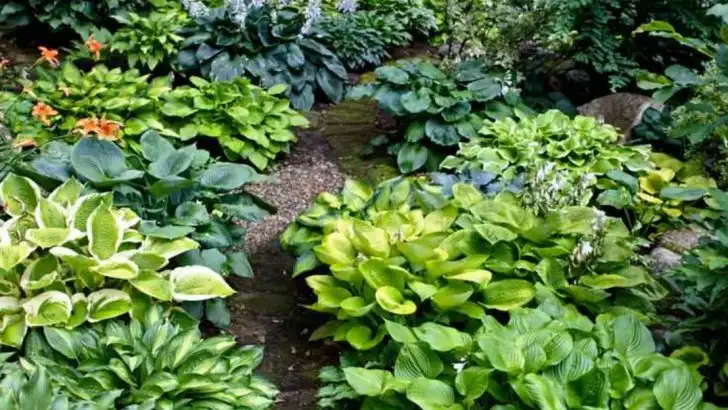A flourishing garden is a source of pride and joy. It’s a sanctuary for relaxation and reflection. However, understanding the signs that indicate a garden’s health can make a significant difference in keeping it vibrant. This guide explores twelve positive signs that show your garden is thriving, and seven warning signs that something may be amiss. By recognizing these indicators, you can take timely action to maintain the health and beauty of your garden. Let’s uncover these essential signs to ensure your garden remains a flourishing haven.
Bountiful Blooms
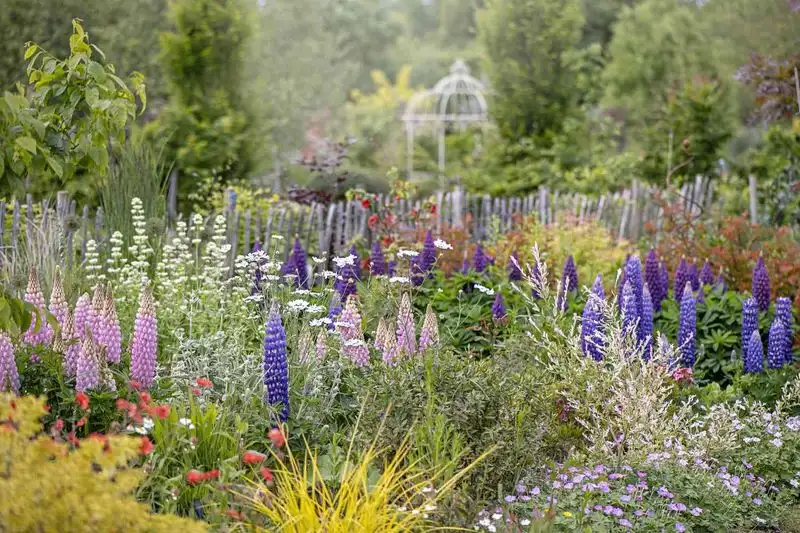
A garden abundant with flowers is a joyful sight and a positive sign of health. Vibrant and bountiful blooms indicate that plants are thriving and receiving adequate sunlight, water, and nutrients.
Each bloom is a testament to the garden’s vitality, offering beauty and supporting pollinators like bees and butterflies.
Diverse colors and sizes of flowers add aesthetic appeal, making the garden a cheerful and welcoming space. Regular care ensures these blooms become the pride of your garden.
Active Pollinators
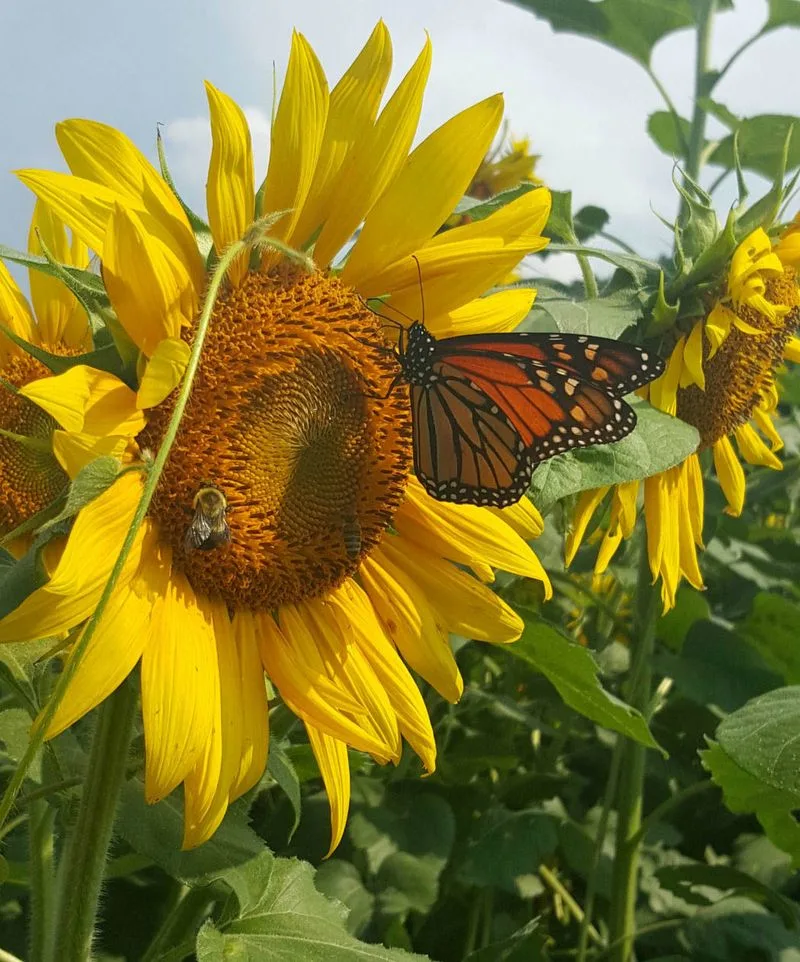
The presence of active pollinators is a lively indicator of a healthy garden. Bees, butterflies, and other insects play a crucial role in plant reproduction, ensuring the cycle of life continues.
Their activity suggests that the garden provides a supportive habitat, rich in nectar and pollen.
Encouraging pollinators by planting a variety of flowers can enhance their presence. A garden alive with these creatures is not only thriving but also contributing to ecological balance.
Rich Soil Life
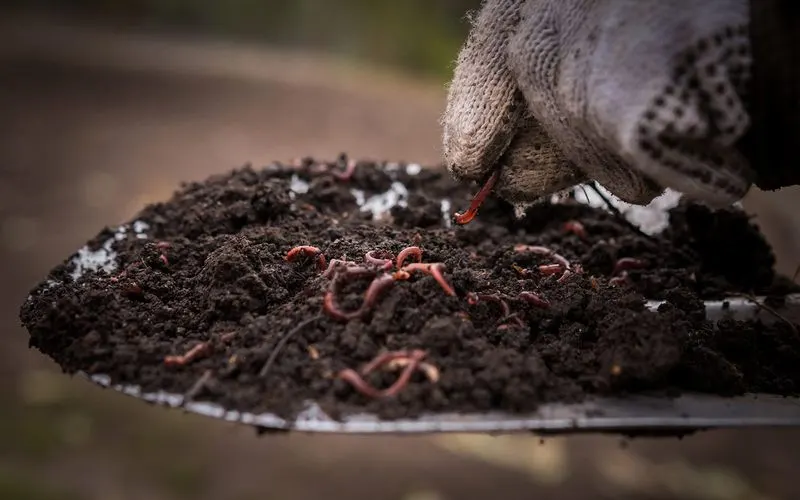
A garden’s foundation lies in its soil, and rich soil life is a cornerstone of health. Earthworms, microorganisms, and organic matter create a fertile environment for plants to flourish.
The presence of these elements indicates that the soil is well-aerated and nutrient-rich, supporting robust plant growth.
Regularly turning and amending the soil with compost can maintain its vitality. Healthy soil leads to healthy plants, creating a harmonious garden ecosystem.
Healthy Growth Rate
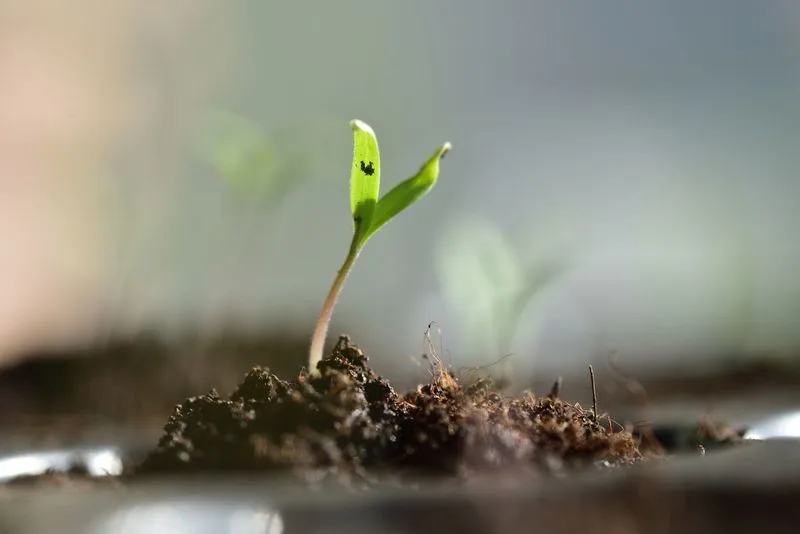
Observing a steady and healthy growth rate in plants is an encouraging sign. It indicates that they’re receiving the right balance of water, sunlight, and nutrients.
A consistent growth pattern ensures that plants mature properly, producing flowers and fruits as expected.
Keeping an eye on growth can help in identifying any potential issues early. A thriving garden shows uniform development among its plants, contributing to overall harmony.
Lush Foliage
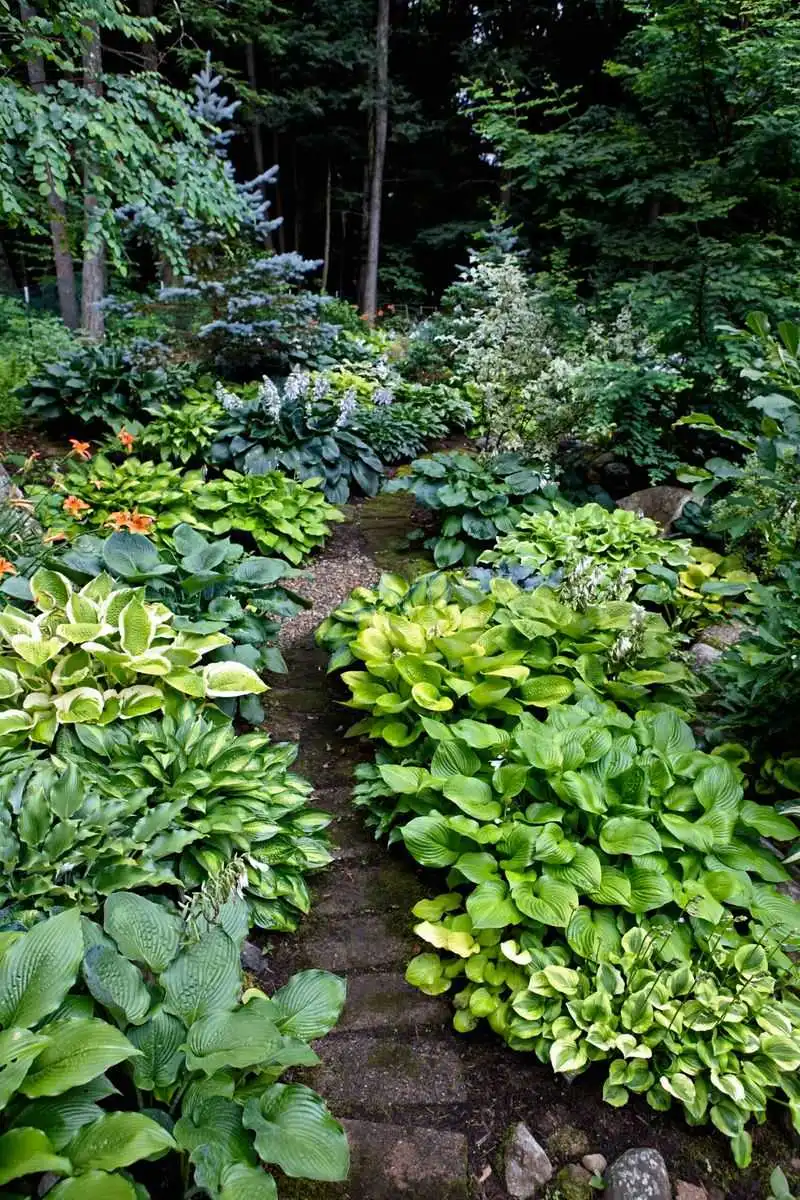
Lush foliage is a vivid expression of a garden’s health. Dense and varied plant life suggests that the environment is supportive of growth.
The diversity of textures and shades of green adds visual interest and creates a serene atmosphere.
Regular watering, proper sunlight, and balanced nutrients keep the foliage thriving. An abundance of foliage makes the garden feel like a verdant retreat, full of life and energy.
Fragrant Aromas
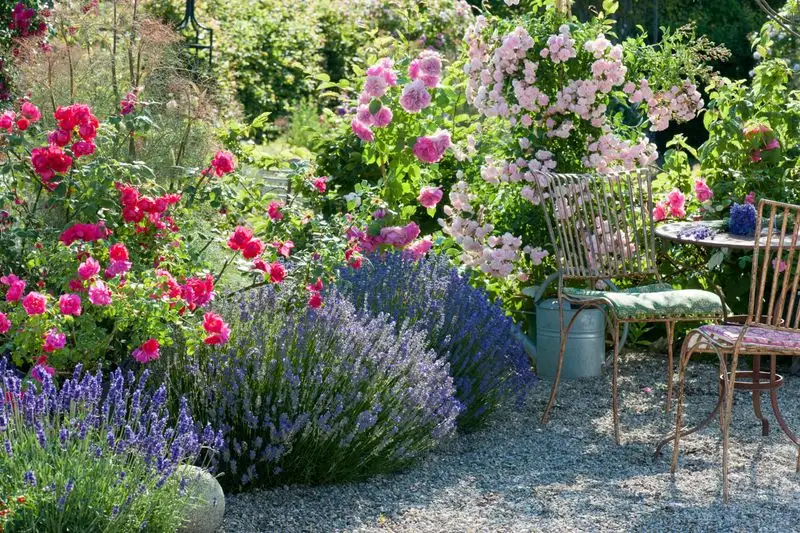
The embrace of fragrant aromas is a sensory delight and a hallmark of a healthy garden. Scented plants like lavender, jasmine, and roses not only add to the ambiance but also signify a thriving garden.
These aromas often attract beneficial insects, contributing to pollination and plant health.
Incorporating a variety of aromatic plants can transform the garden into a fragrant oasis, enhancing both its aesthetic and ecological value.
Bird Activity
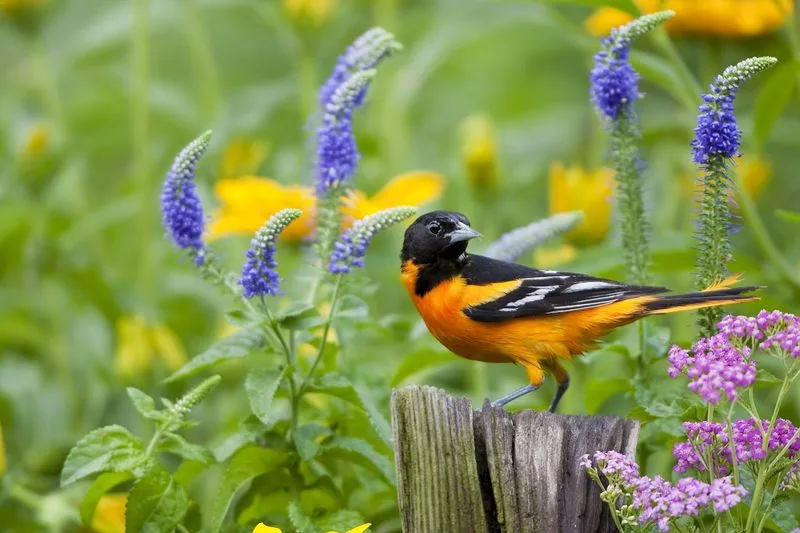
Bird activity is a delightful sign of a thriving garden. Birds bring song and movement, helping with pest control and pollination.
Their presence indicates a balanced ecosystem where plants, insects, and birds coexist.
Providing water sources and bird-friendly plants encourages these feathered visitors. A garden alive with birds is not only vibrant but also sustainable, supporting biodiversity.
Minimal Pest Damage
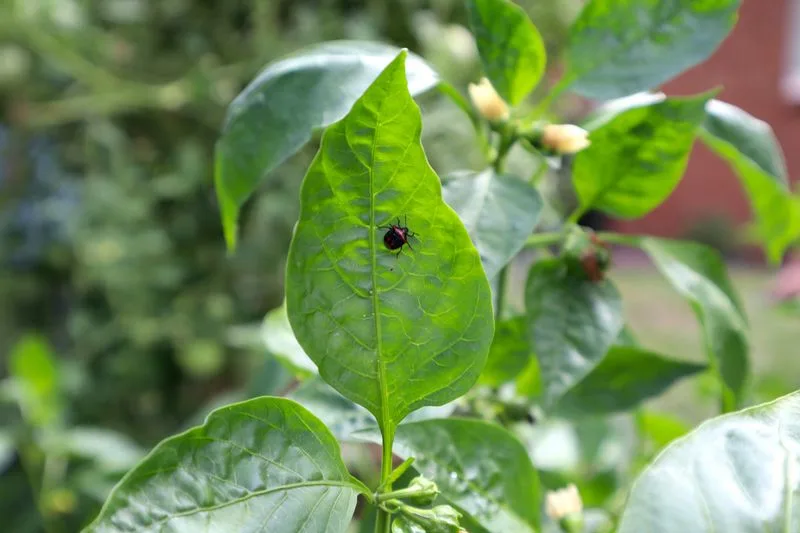
Minimal pest damage reflects a garden in balance. When plants are healthy, they’re more resilient against pests and diseases, requiring less intervention.
A few nibbles here and there are natural and show that the ecosystem is functioning correctly.
Ensuring plants have proper care keeps pest problems at bay, allowing nature to maintain its course without excessive control measures.
Clear Pathways
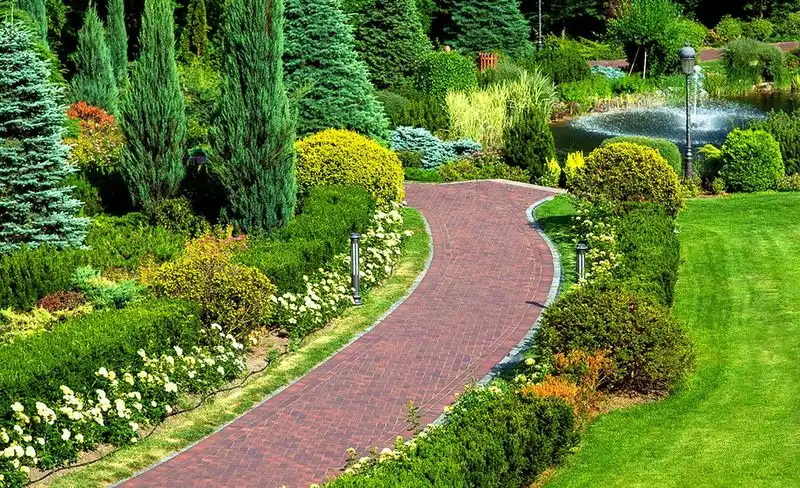
Clear pathways are indicative of a well-cared-for garden. They provide access and structure, allowing visitors to enjoy the beauty without damaging the plants.
Well-defined paths also aid in maintenance, making it easier to reach different areas.
Regular upkeep of pathways keeps the garden neat and organized, enhancing its overall appeal and accessibility.
Seasonal Changes
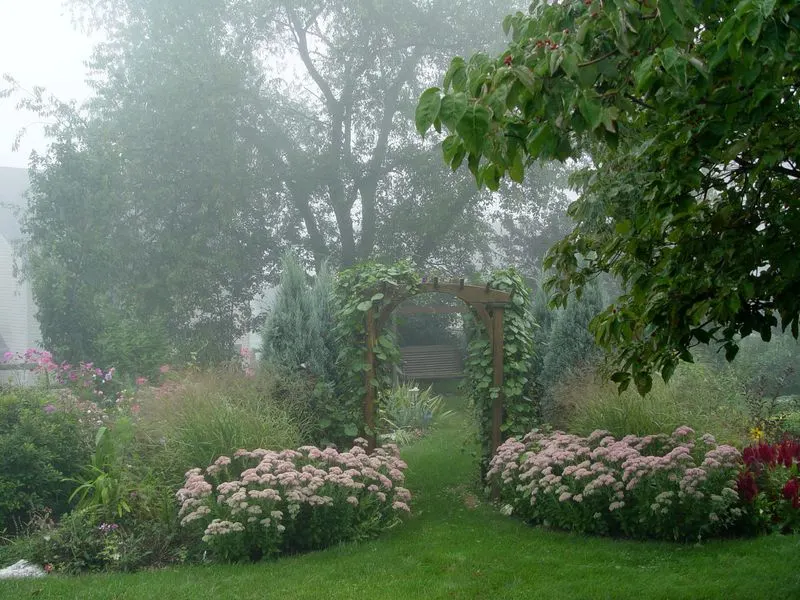
Observing seasonal changes is a natural part of a garden’s life. Each season brings its own beauty and challenges, reflecting a garden’s adaptability.
The way a garden responds to these changes can indicate its overall health.
Monitoring seasonal growth and transitions helps in understanding the garden’s needs, ensuring it continues to thrive throughout the year.
Wilting Leaves
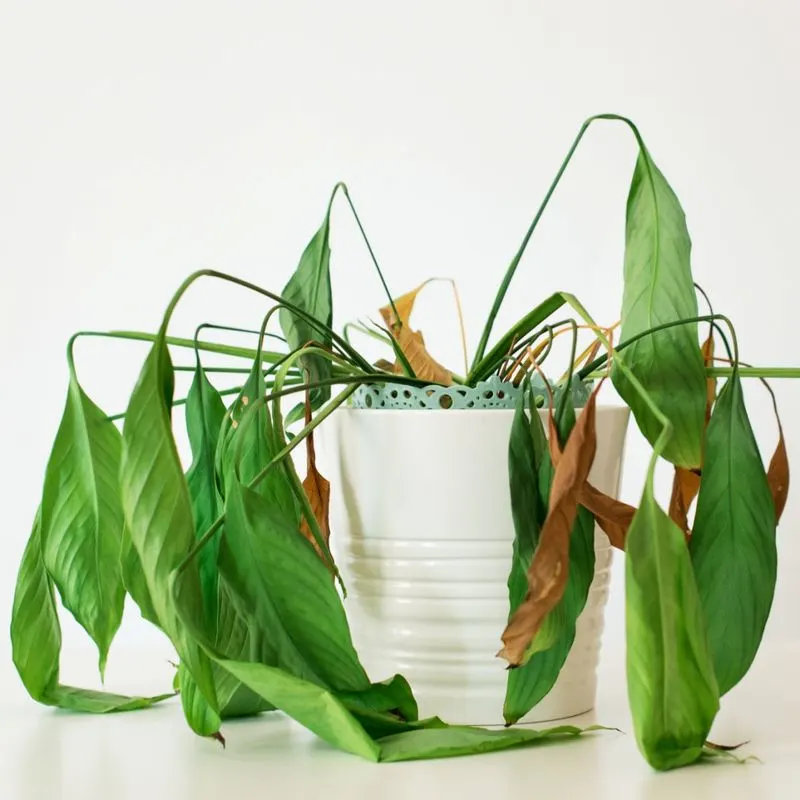
Wilting leaves are a warning sign that something may be wrong in the garden. They can indicate water stress, nutrient deficiencies, or root problems.
Prompt attention is needed to diagnose and address the underlying cause, preventing further damage.
Regular monitoring and appropriate care can restore the plant’s health, bringing it back to its vibrant state.
Yellowing Leaves
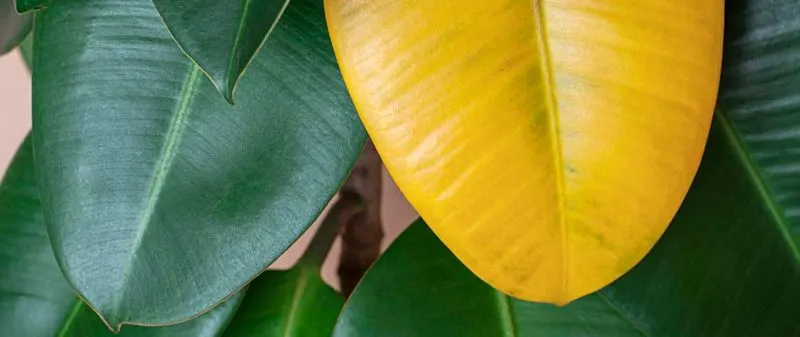
Yellowing leaves are often a signal of nutrient imbalance or other underlying issues. This condition may suggest a lack of essential nutrients like nitrogen or iron.
Investigating and amending the soil can often rectify the problem, supporting plant recovery.
Consistent observation and timely intervention can prevent this condition from affecting the entire garden, maintaining overall health.
Stunted Growth
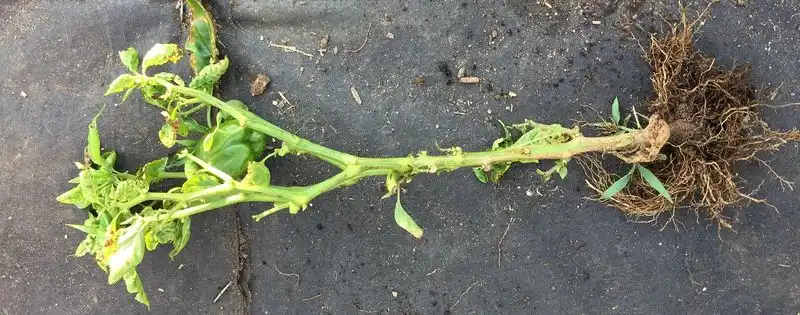
Stunted growth can be a concerning sign that all is not well in the garden. It may indicate insufficient water, poor soil conditions, or pest infestations.
Identifying the specific cause and providing targeted care can often restore normal growth.
Addressing these issues promptly ensures that the garden continues to thrive, preserving its beauty and productivity.
Unpleasant Odors

Unpleasant odors in a garden may indicate rot or decay, signaling potential problems. These smells can arise from overwatering, poor drainage, or decaying organic matter.
Investigating and addressing the source of the odor helps in maintaining the garden’s health.
Proper care and maintenance prevent these issues, ensuring the garden remains a pleasant and inviting space.
Sparse Pollinator Activity
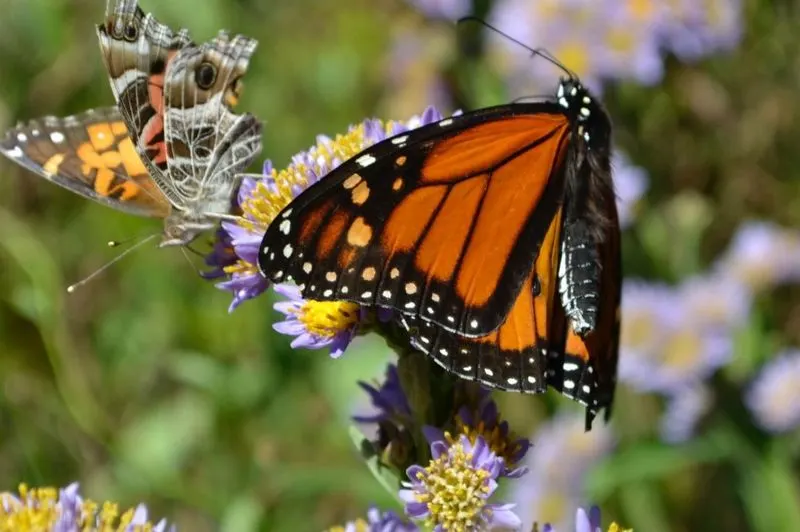
A decline in pollinator activity is a red flag for any garden. Pollinators are essential for plant reproduction, and their absence can disrupt this process.
Addressing environmental factors, such as a lack of flowering plants or habitat, can encourage their return.
Enhancing the garden’s appeal to pollinators ensures its continued vitality and ecological balance.
Overgrowth

Overgrowth can signal neglect and potential issues in the garden. While lush growth is desirable, unchecked expansion can lead to an unhealthy environment.
Regular pruning and maintenance keep plants in check, promoting a well-balanced ecosystem.
Consistent care prevents overgrowth from becoming a problem, ensuring the garden remains a harmonious and beautiful space.
Mold or Fungus
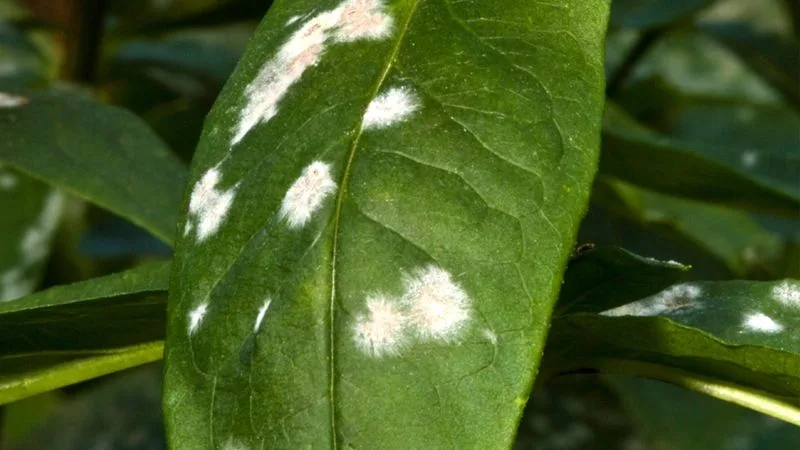
The presence of mold or fungus on plants is usually a warning of excessive moisture or poor air circulation. These issues can lead to further plant health problems if not addressed.
Taking steps to improve drainage and airflow can often remedy the situation.
Proactive measures help in preventing mold and fungus, maintaining the garden’s overall health and beauty.
Discolored Foliage
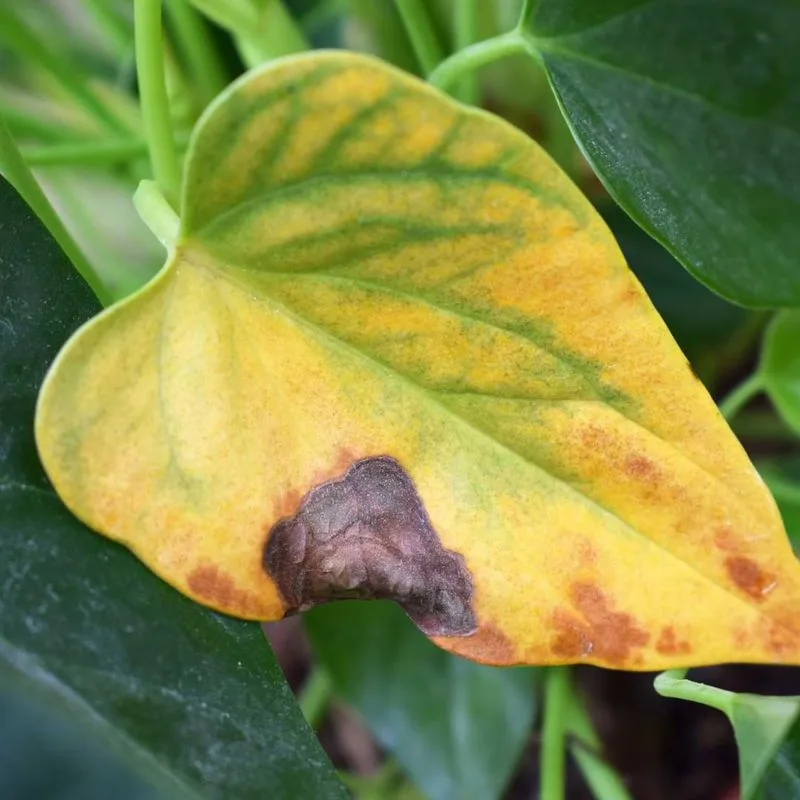
Discolored foliage can be a symptom of stress or disease in the garden. Various factors like nutrient deficiencies, pests, or environmental stressors can cause this condition.
Identifying the underlying issue and providing appropriate care can often resolve the problem.
Maintaining vigilance and proactive care ensures that the garden continues to thrive, preserving its vibrant beauty.

